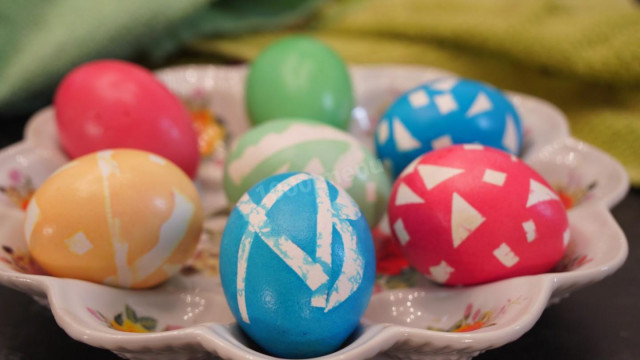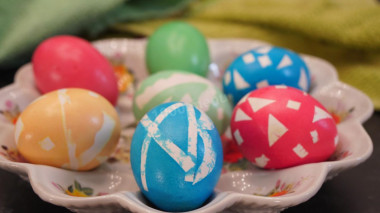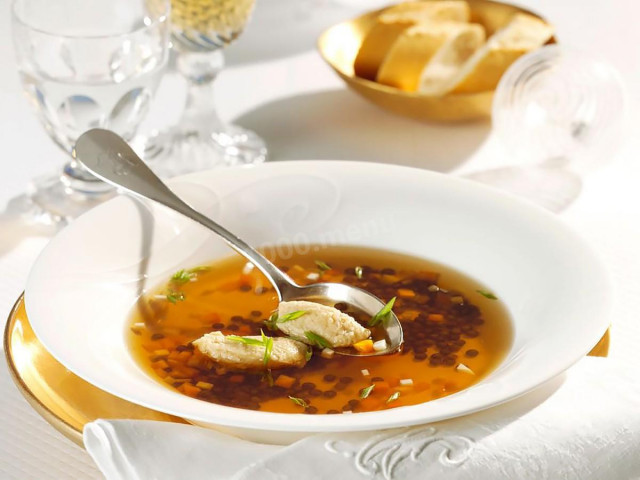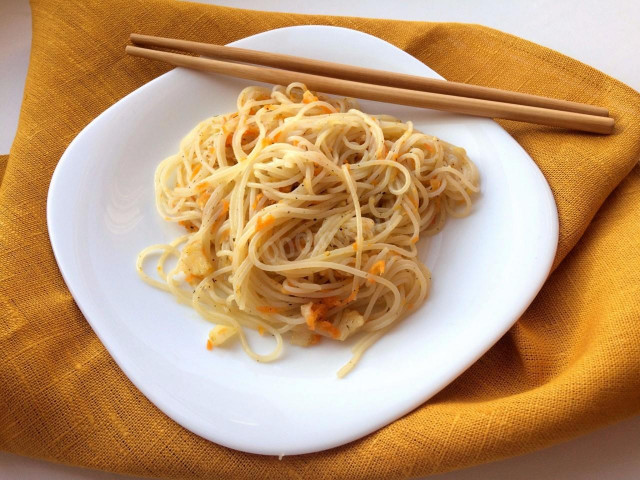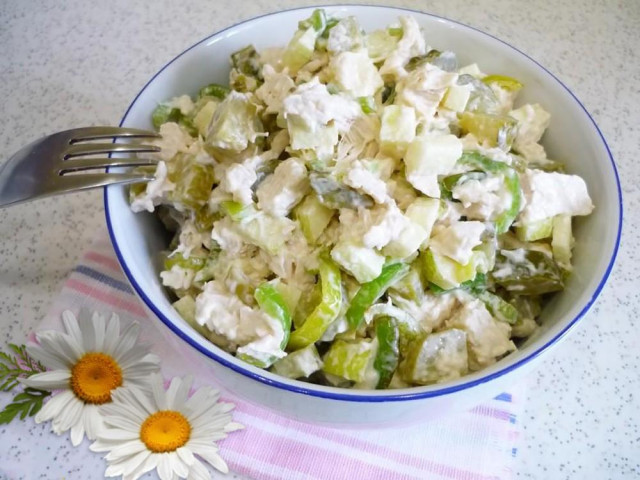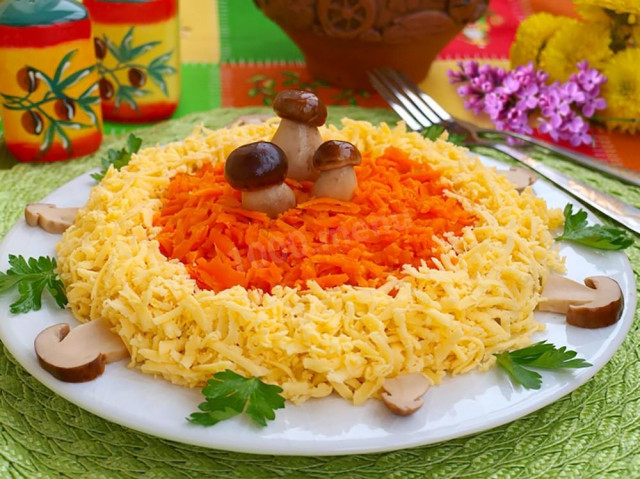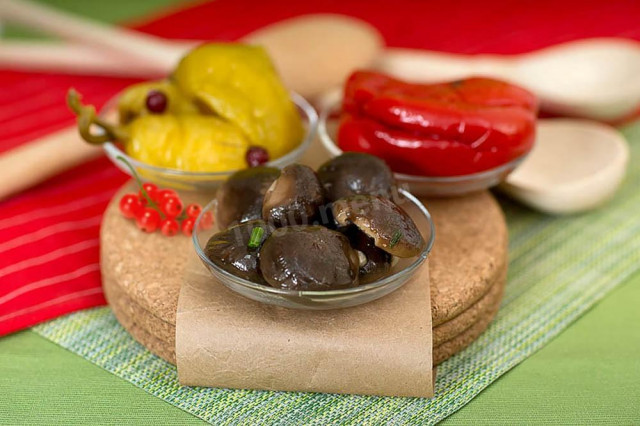Composition / ingredients
Step-by-step cooking
Step 1:
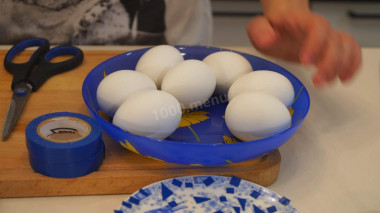
Wash well and boil the chicken eggs in a steep. We make 9% vinegar and add water to 70% vinegar essence in the ratio of 1 part vinegar to 7 parts water.
Step 2:
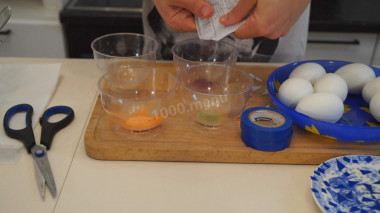
Pour four types of Easter egg dye into cups.
Step 3:

Pour 100 ml of hot water into each cup and also add one tablespoon of cooked 9% vinegar to each.
Step 4:
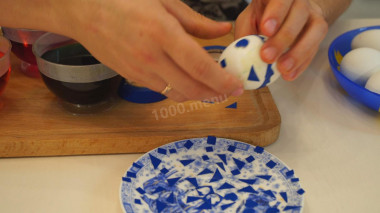
Arbitrarily cut out different strips, figures from insulating tape and paste them on boiled eggs.
Step 5:
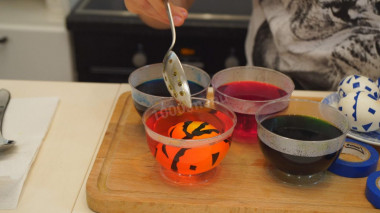
We lower the eggs, for five minutes each, into the cooked and cooled dye.
Step 6:
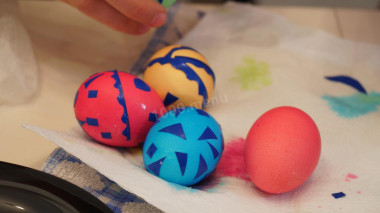
We spread the colored eggs on a napkin, then remove the insulating tape from them.
Step 7:
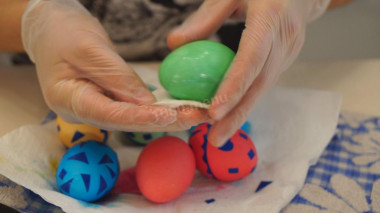
Rub each of the eggs to shine with a cotton pad soaked in vegetable oil and spread on a plate.
On the eve of Holy Easter, many people begin preparing for the festive table: they bake cakes, make cottage cheese Easter and paint eggs. Since childhood, we have been accustomed to seeing multicolored eggs on the table — blue, yellow, red, marble, with drawings, patterns and paintings. Eating them is always delicious and pleasant, even if on other days, there was no special interest in this product. In Christianity, this tradition is a sacred symbol of the sacrament, and it should be observed by every bearer of faith. In the code of laws of the church from the XIII century, it was said that the abbot can punish the monk who did not eat a painted egg on Easter Sunday, since in this way he questions the apostolic traditions and does not honor the Son of God. According to an ancient legend, the block-stone, which closed the tomb of Jesus Christ, was shaped like an egg. Behind this stone was hidden a Saint whose life is eternal. There is also a new life behind the eggshell. One of the vital and interesting versions of eating and coloring eggs is very simple. During the fast, believers strongly limit themselves in food, and so that the eggs are not spoiled, they were boiled after a forty-day fast. In order to distinguish a boiled egg from a raw one and not accidentally eat a little spoiled, it was colored during cooking, while adding a variety of dyes. Another version of Easter egg coloring says that the Virgin Mary painted eggs to entertain Jesus Christ when he was still an infant.
Caloric content of the products possible in the composition of the dish
- Water - 0 kcal/100g
- Chicken egg - 80 kcal/100g
- Food coloring - 0 kcal/100g
- Acetic essence - 11 kcal/100g

